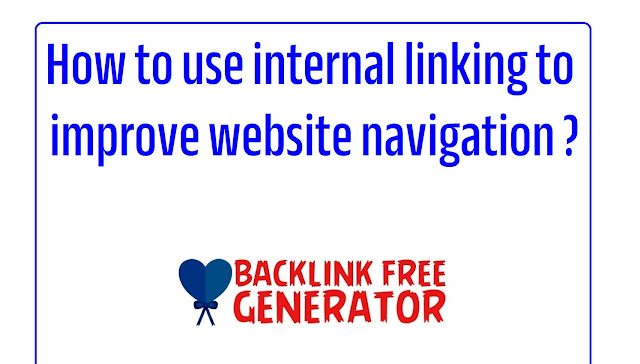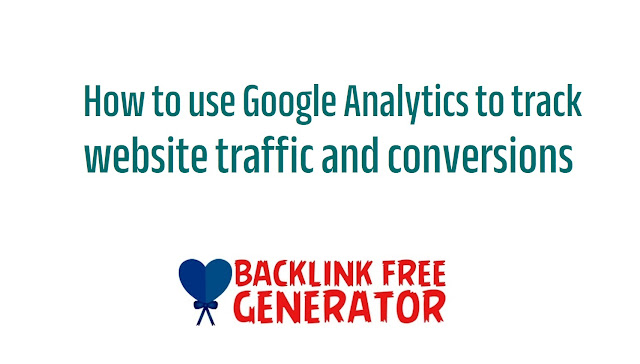Social media has become an essential part of online marketing, and it can also be a powerful tool for backlink building. Backlinks are links from other websites that point to your website, and they are an important factor in search engine optimization (SEO). The more high-quality backlinks a website has, the higher it is likely to rank in search engine results pages (SERPs).
One of the ways to use social media for backlink building is by creating shareable content. Shareable content is content that is easy to share on social media platforms, such as infographics, videos, and blog posts. When you create shareable content, it is more likely to be shared on social media, and this can lead to more backlinks. To increase the chances of your content being shared, make sure to optimize it for social media by using engaging headlines, captivating images, and including social sharing buttons.
Another way to use social media for backlink building is by participating in online communities. Online communities are groups of people who share common interests and come together to discuss topics related to those interests. By participating in online communities, you can build relationships with other members, and this can lead to more backlinks. When you participate in online communities, make sure to add value by providing helpful information, and never promote your own content too aggressively.
Social media can also be used to reach out to influencers and build relationships with them. Influencers are people who have a large following and are considered experts in their field. By building relationships with influencers, you can get your content in front of a larger audience, and this can lead to more backlinks. To reach out to influencers, you can use social media platforms like Twitter, LinkedIn, and Instagram. When reaching out to influencers, make sure to personalize your message, and never ask for a backlink directly.
Another way to use social media for backlink building is by using social media monitoring tools. Social media monitoring tools are tools that help you track mentions of your brand, products, or services on social media platforms. When you use these tools, you can identify opportunities for backlink building, such as when someone mentions your brand but doesn't include a link. When you find these opportunities, you can reach out to the person who mentioned you and ask them to include a link to your website.
In conclusion, social media is a powerful tool for backlink building. By creating shareable content, participating in online communities, building relationships with influencers, and using social media monitoring tools, you can increase the number of high-quality backlinks to your website. However, it's important to remember that backlink building should be done in an organic and natural way, avoid buying or trading links. Building relationships and adding value to the online communities is a sustainable approach to get backlinks. In addition, make sure to track the progress of your backlink building efforts, and adjust your strategy as needed to ensure that you are getting the most out of your social media efforts.


















